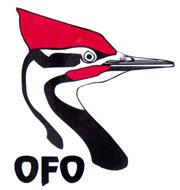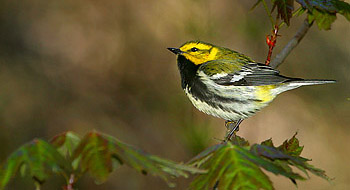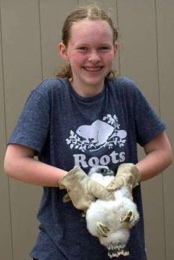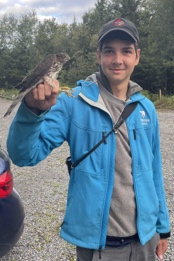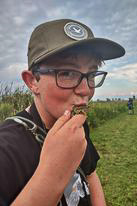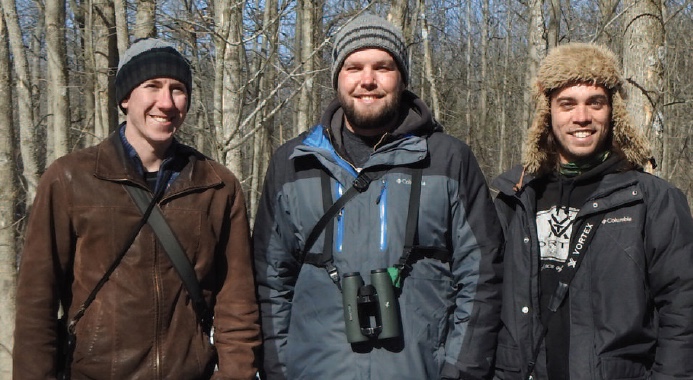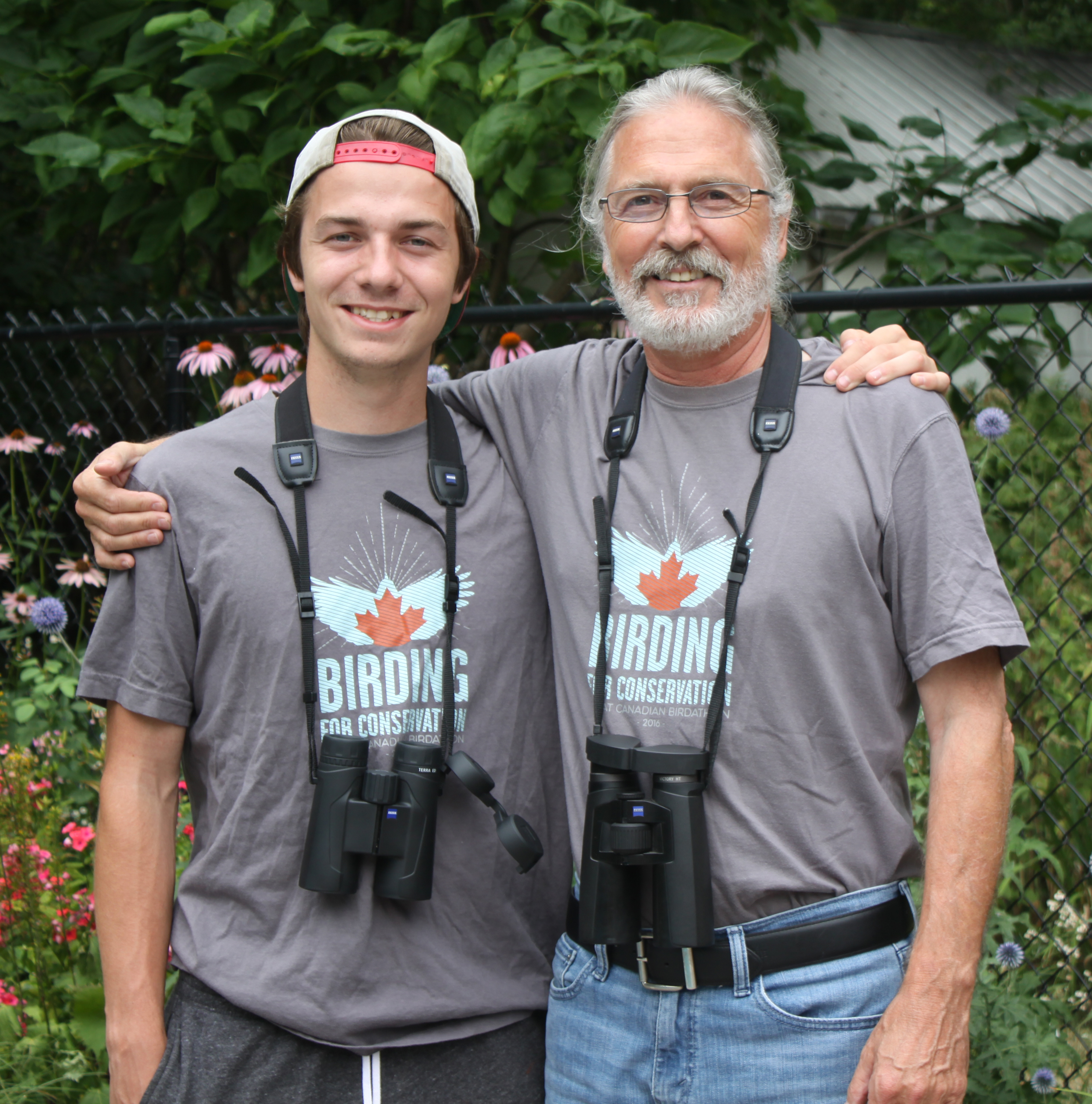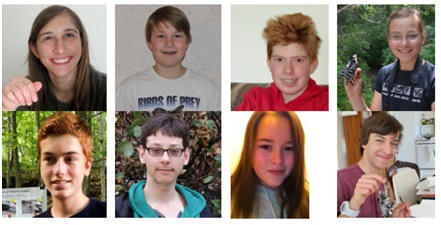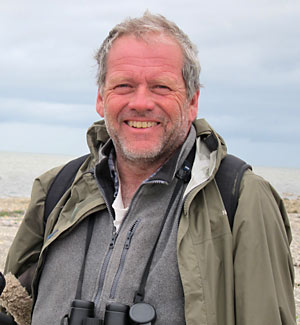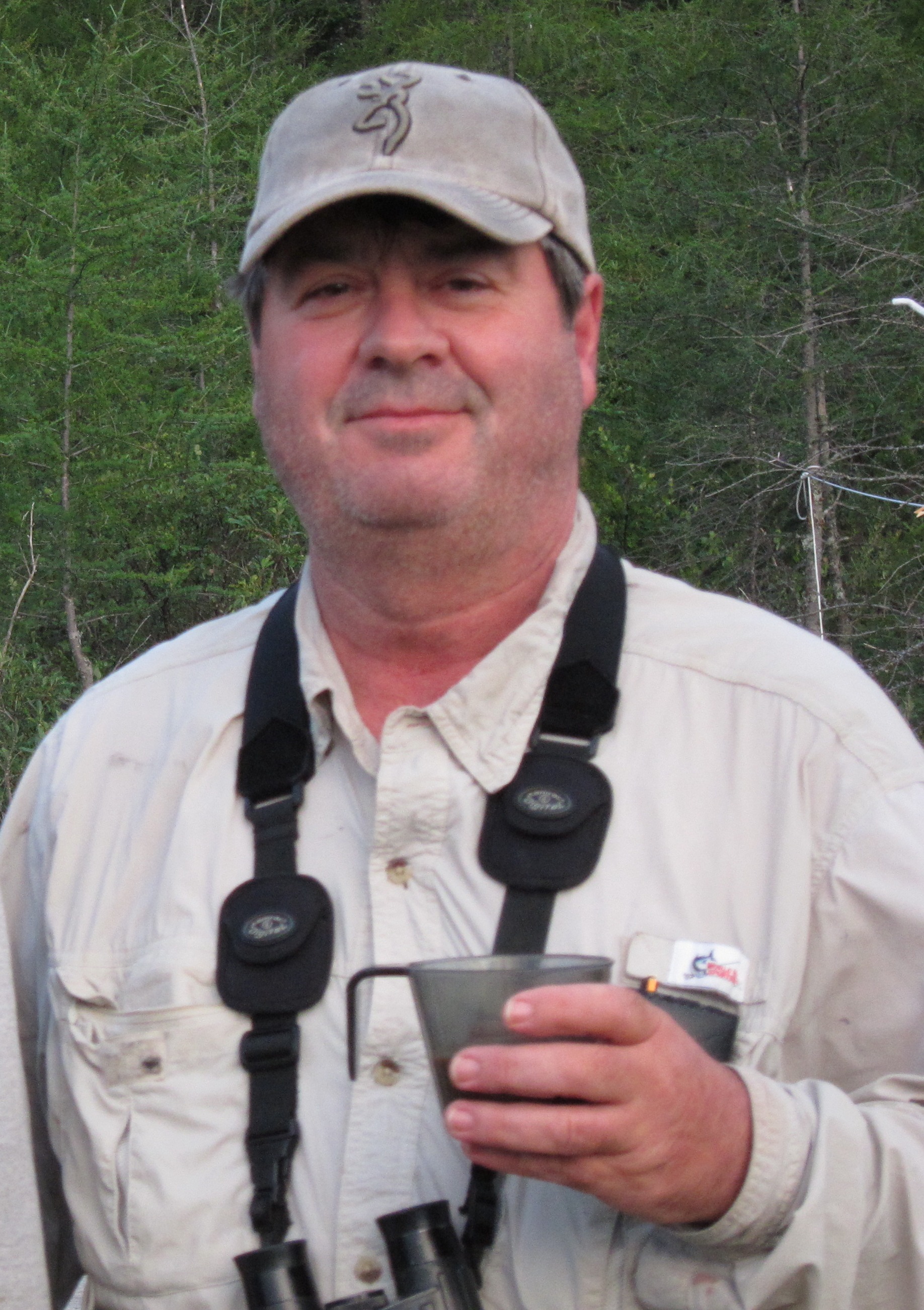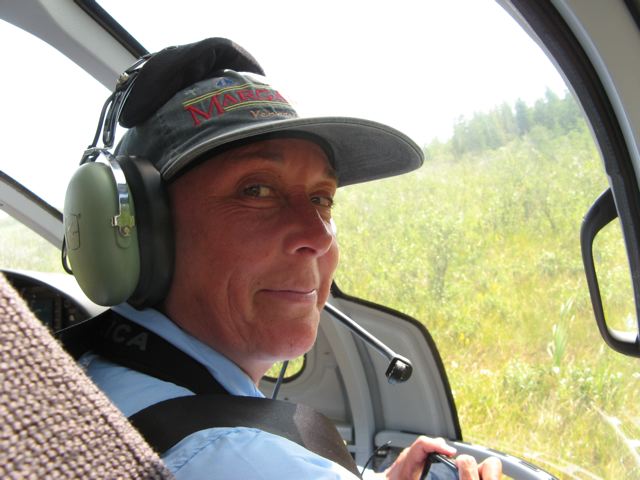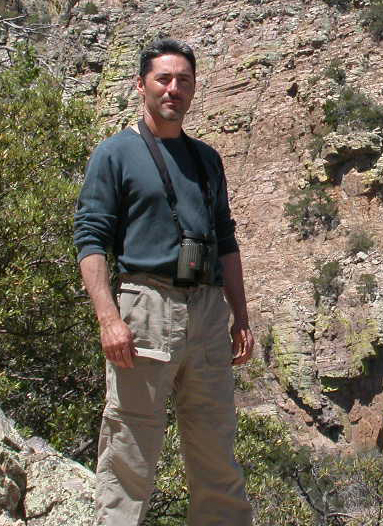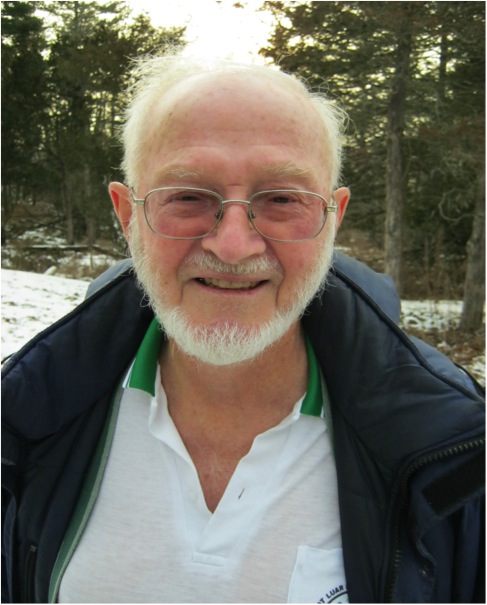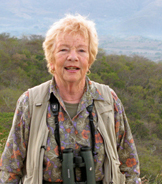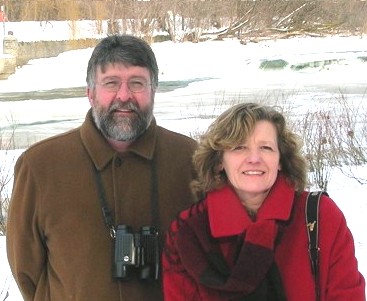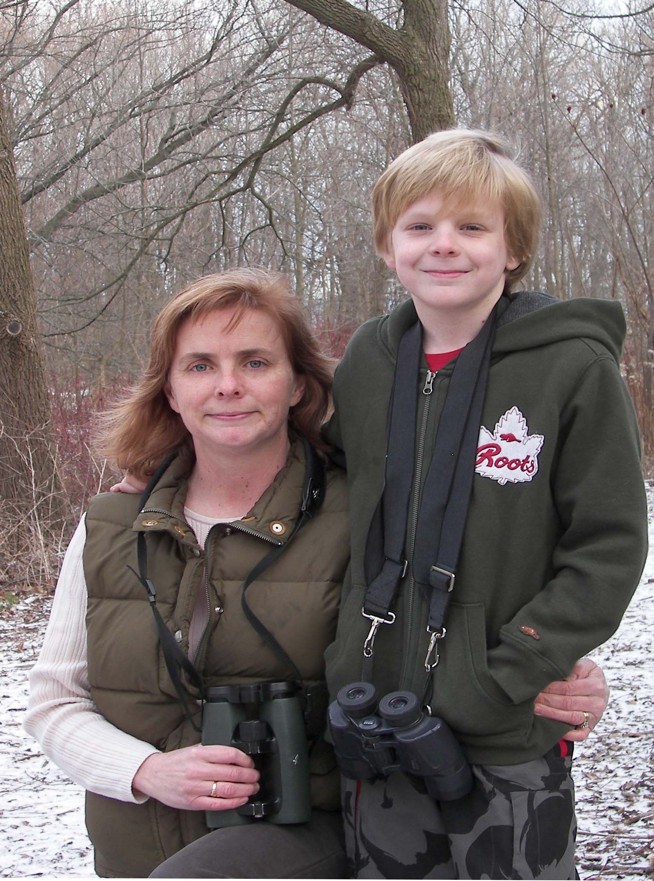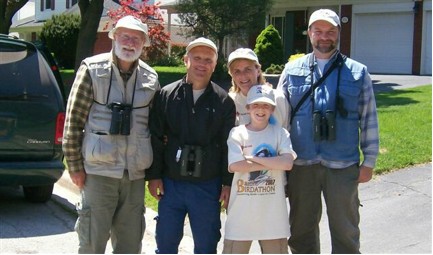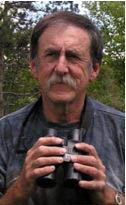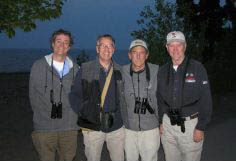Preamble:
It was one of those offers too good to refuse. When Chris Escott, President of the Ontario Field Ornithologists, first approached us to see if we would be interested in being the OFO Celebrity Birders for 2005 we were a little concerned that we possessed the proper qualifications required. Although we had both been involved in ornithology for most of our lives we had always been interested in the nesting and breeding of Ontario birds rather than the equally challenging, but quite different, listing of birds. Many of the birders we knew were better qualified and more experienced in the challenges that we knew would lay ahead in a “birdathon”. However, after talking to Chris and thinking about the fun we could have, we decided to accept the challenge. We had to, there were too many reasons in favour!
The James L. Baillie Memorial Fund for Bird Research and Preservation, established in 1976, is a project of Bird Studies Canada. Founded in 1960, Bird Studies Canada is the nation’s leading bird conservation organization with more than 20,000 active members, volunteers, and supporters from across the country.
Back in 1965 Jim Baillie, an Assistant Curator in the Ornithology Department of the Royal Ontario Museum (ROM) had asked my father, George, to become the Coordinator of the Ontario Nest Records Scheme. Forty years later, now a Research Associate at the ROM, Dad was still looking after the Scheme and is more passionate now than ever before. In 1974, I was introduced to my first formal education into birds at the Young Ornithologist Workshop down at Long Point hosted by David Hussell and Erica Dunn. For the last 20 years I have been a technician in Ornithology at the ROM, where the ghost of Jim Baillie and all of his contributions to Ontario ornithology remain as strong as ever.
The birding community continues to grow and Bird Studies Canada and the Ontario Field Ornithologists are now two of the major organizations responsible for the research and promotion of bird study in the Province. They have always been strong supporters of both the Ontario Nest Records Scheme and the Ontario Breeding Bird Atlas and we have always valued the contributions and knowledge of their members. The opportunity to assist both organizations through the Baillie Birdathon was something we were now quite excited about.
We settled on 15 May 2005 as the chosen day. It was the only day that really fit into our schedule and we were keeping our fingers crossed for good weather and lots of birds. It was our first birdathon and to ensure success we decided to enlist the aid of some “ringers”. The rules are pretty loose for the birdathon and we planned to take full advantage of the situation. We both agreed that in order for a species to count both of us had to see the species in question. For the most part we stuck to the rule! We also asked if we could include, as part of our challenge, confirmation of breeding. This was in honour of the last year of the Ontario Breeding Bird Atlas in which OFO and BSC were playing such a large role in coordinating. We attempted to photographically document all confirmations of breeding. Knowing our deficiencies, we asked Glenn Coady and Gerry Binsfeld, two of the best “ears” in Ontario birding circles that we knew, to act as our “pointmen and drivers”. Another reason we chose 15 May was because our advanced scouting had been quite limited. So, we picked the day after a scheduled ROM birding trip to Long Point that Glenn and I had committed to earlier.
Our birdathon day would be pretty straight forward. Spend the night in the Long Point area, start birding as early as we could drag our butts out of bed, and work our way back to Toronto, stopping at strategic birding spots along the way and finishing at the Leslie Street Spit in Toronto near dark. Our goal; 150 species and 40 confirmations of breeding.
The Baillie Birdathon: The day before.
14 May 2005 – Sunny, cool, light wind, and advance scouting (nothing in the rules against this). Gerry and Glenn joined Dad and me in Oakville and we worked our way down to Long Point with the ROM Birding Course group, stopping at locations we were planning to use the next day. Most of the time was spent in the Long Point area at Old Cut looking for migrants. The ROM course finished around 1800 and it had been a good day. 123 species without even going for broke! Stupidity was being saved for the next day! We spent our last couple of hours visiting a few more potential sites and talking to BSC staff for additional suggestions. A special thanks to John Brett, Stu Mackenzie, Dawn Laing, Ron and Anne Marie Ridout, David Hussell and Erica Dunn for their helpful suggestions. We spent the night at the Kinda Cute Bed and Breakfast in Port Rowan. Wake up call 3:00 a.m.
The Baillie Birdathon: The day.
15 May 2005 – Partly cloudy, cool, medium winds. There is nothing “kinda cute” about a 3:00 a.m. wake up call! Fortunately the day began with potential because the owner of the B & B was already up and had breakfast and coffee ready to go. We began at the Big Creek Marshes at 4:00 a.m. listening for marsh birds. Our first bird was a sleep deprived, testosterone-filled Swamp Sparrow singing only to himself, as far as we could determine! There was no way he was going to get a mate if he carried on like that everyday. Although we were hoping for a couple of rail species, and were not against using playback to get them, we came up empty.
By 4:45 a.m. we were back on the road heading to the Wilson Tract to pick up the woodland predawn chorus. A pair of Whip-poor-wills spotted along the roadside helped to renew our confidence. The predawn chorus in the woods was a good idea; having Glenn and Gerry as pointmen was even better! Birding by ear is a talent not easily mastered. Apparently, there is a certain genetic trait in the Peck family that does not allow for easy identification of Ruffed Grouse drumming from a distance greater than 20 m! To be honest there may even be a few more species that fall into the same category. A gentle push, a few paces in the right direction by our “drivers” and, problem solved! Wild Turkeys were busy gobbling all around us and a Cape May Warbler singing above the car on our exit was a great bonus. No breeding confirmation yet, not really surprising considering we were still having trouble even seeing a bird!
An hour later we were headed back to Old Cut where we planned to spend the next couple of hours looking for migrants. Along the way we stopped off and checked under a couple of bridges to pick up nesting Eastern Phoebe and Cliff Swallow and, at BSC headquarters, confirm breeding of Tree Swallow, Barn Swallow, and American Robin. We had actually found several of the nests the day before and luckily the birds had decided to leave them in the same place overnight!
Old Cut Station turned out to be a great location. Although not in large numbers, the diversity of bird species was impressive and our list quickly improved. A Yellow-breasted Chat, Carolina Wren and a White-eyed Vireo were helpful additions to many northern species migrating through the area. Our strategy for Old Cut was simple and involved electronics. Small frs radios were used and enabled us to cover the area well within easy contact of our “drivers” should the need arise. Our goal was to avoid the all too common phrase of birders; “you should have been here five minutes ago, the bird just left, honest”!
After exhausting our luck at Old Cut we stopped briefly at ¼ Line Road for Prairie Warbler without success but picked up a couple of new species at Backus Woods. We then left the Long Point area and headed east towards Hamilton. We were able to confirm breeding of Bald Eagle, Eastern Screech-Owl and Great Horned Owl along the way but were unsuccessful with the Osprey that had nested several years ago in Caledonia. During our route back Gerry had been traveling ahead of us and, with the help of John Lamey, called to let us know we should probably visit the Townsend Sewage lagoons. Normally we would have no use for a cell phone but, in cases of an emergency they do serve a purpose. We were about an hour behind our schedule at this point, a clear emergency if ever there was one. Townsend’s was huge for us. Waterfowl and shorebirds, two groups sadly lacking from our list, were found in excellent diversity and in a short time period. Wilson’s and Red-necked Phalaropes were both in the lagoons swimming close to a White-rumped and Semipalmated Sandpiper. There is still no place like a sewage lagoon when you think you are *&%# out of luck.
Moving on to Hamilton Harbour we quickly improved our confirmation of breeding species count with Herring Gull, Ring-billed Gull and Double-crested Cormorant. They may not be pretty to some but they were all very beautiful to us. We then moved into Oakville and grabbed a Red-necked Grebe and some other species from my home turf. We even had time to confirm breeding of Northern Mockingbird, thanks to a suggestion from an ex BSC staffer and regular Ontario Birds contributor, not to mention “mockingbird crazy”, Roy Smith. We also had a short detour to pick up a bike. We were running late and time was not on our side!
As we sped down the QEW heading for Toronto trying to beat the rain and the night I couldn’t help but wonder if OFO would be willing to pick up any speeding tickets should we happen to cross the line into illegality. Gerry, once again leading the way, phoned to suggest we might want to visit Colonel Samuel Smith Park and Humber Bay Park. The results, a late Common Loon, Common Goldeneye, and Hooded Merganser. We also stopped in at High Park and grabbed nesting evidence for Blue-gray Gnatcatcher and Black-capped Chickadee.
Our final push was for the Leslie Street Spit. It was dusk, there was a gentle rain and the thought of a 5 km hike up the Spit was not very appealing; hence the bike. Although tired, Dad and I were both willing to give it a go and, while the idea of “doubling” on the bike crossed my mind, I watched Dad head off, a little uneasily, into the night on my niece’s 21 speed mountain bike. Not quite the pretty picture that you would see in the movies! We traded halfway up the Spit and then played a little loosely with the rules! At the end of the Spit we knew there was a Great Egret sitting on a nest. The only question was; were we both going to see it? For arguments sake let’s just say we did and let’s also say that the American Black Duck that Glenn and Dad saw while I was off on a bike ride was also seen by both of us!
It was a pleasant walk back to the parking lot, aided by a lift from Richard Joos, President of the Toronto Bird Observatory. A great day; 155 species and 34 breeding confirmations. With a little bit of help from some good friends and all of the generous individuals who contributed to the Baillie Birdathon we had been able to help two very valuable organizations, and had our best Ontario big day ever. (MKP)
P.S. Dad slept for the next two days!! (GKP)
Bird list
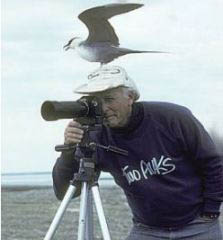
George with Long-tailed Jaeger, Nunavut. Photo: Jim Richards
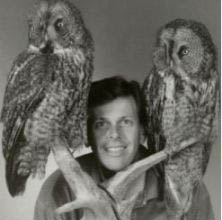
Mark with Great Gray Owls. Photo: Brian Boyle, ROM
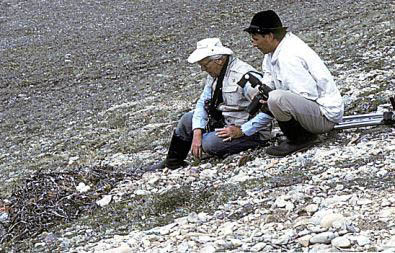
George and Mark in Nunavut, 1990, examining a Rough-legged Hawk nest with eggs in it. Photo: Jim Richards
